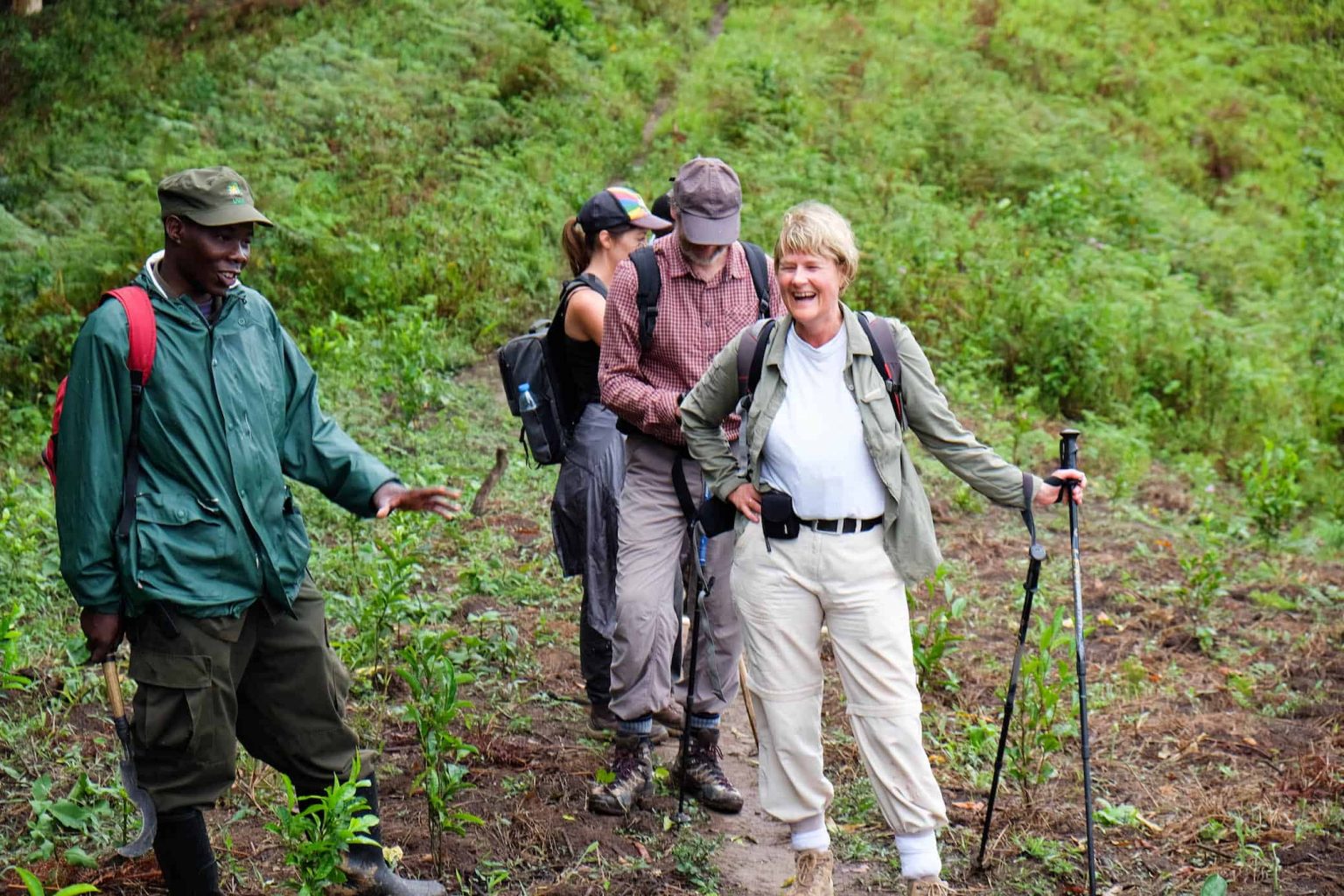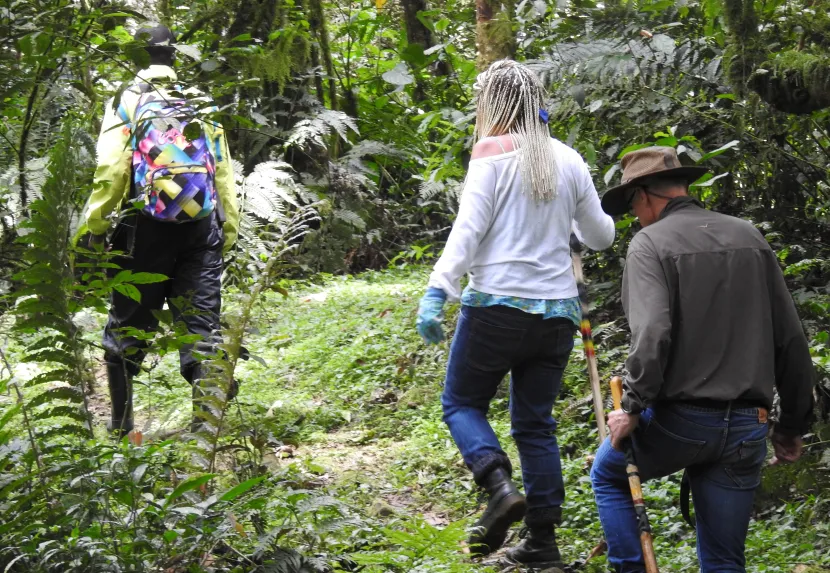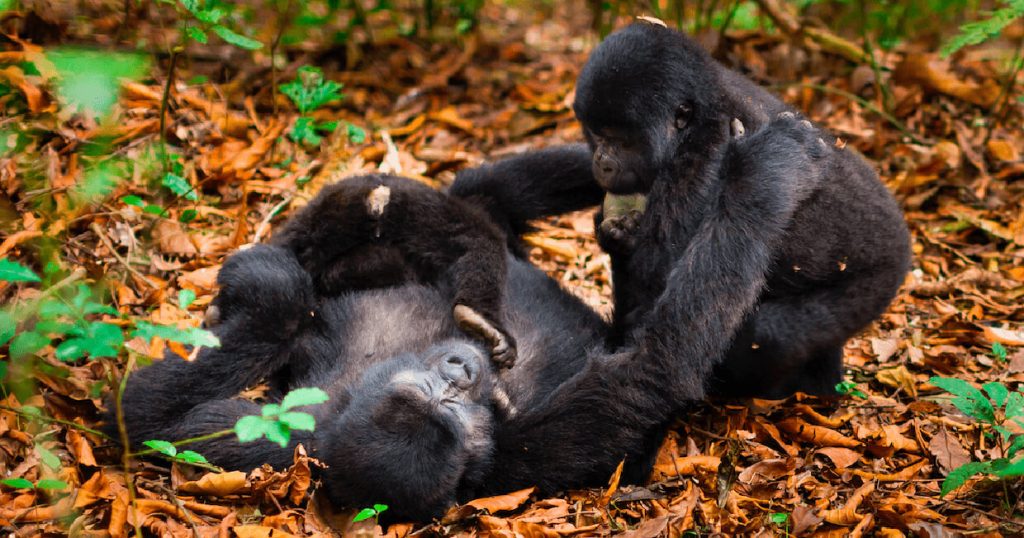 What To expect on a Rwanda Gorilla Trekking Tour
What To expect on a Rwanda Gorilla Trekking Tour
Gorilla Trekking is undeniably a real adventure. As you climb Rwanda’s Virunga Mountains, you can anticipate becoming covered in dirt and perspiration from following your guide as they carve routes through the undergrowth with a machete. Every hike starts in the lowlands and travels through farms before reaching the jungle. The duration of the excursion will vary depending on the gorilla troop you are tracking and their location, from one to six hours.
There are no guarantees when trekking, even though most people who go see gorillas do so. You could start out on an easy trip and end up trekking all day, or you could start out on a difficult hike and locate gorillas within an hour.
We bring you detailed information of what to expect on a Rwanda Gorilla trekking Tour to ensure you are well prepared to enjoy the once in lifetime experience.
Planning for a gorilla Trip
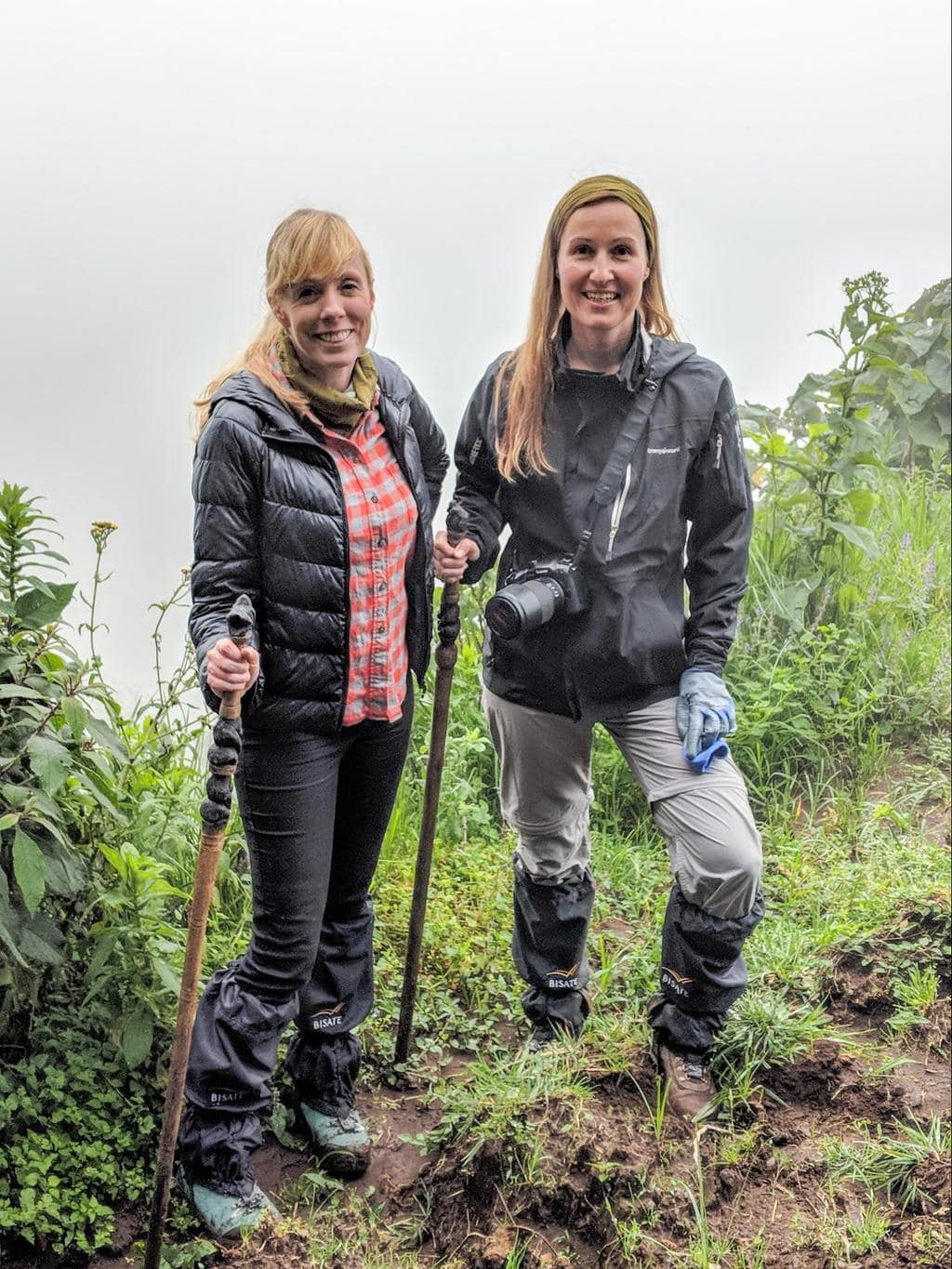
1. Carry your gorilla permit
Carry your passport with you as you head to the park headquarters for an early morning pre-tracking briefing by park officials. Your gorilla permits will be crosschecked with your passports to verify that you are the right owner of the permit.
At this moment, you are expected to be ready with your packed lunch since no one is certain about the time you will take to see these gorillas. All travelers must carry their valid gorilla permits and other related documents for clarification a pass to see gorillas in Uganda, Rwanda and Democratic Republic of Congo. Uganda Wildlife Authority (UWA) in Uganda, Rwanda Development Board (RDB) in Rwanda and Congolese Institute for Nature Conservation (ICCN) in Democratic Republic of Congo are responsible government bodies to issue these permits. Permit prices vary from country to country with Rwanda selling most expensive permits at $1,500, Uganda gorilla permits at $600 and the Congo gorilla permit at 450usd. Every traveler who will not carry his/her permit will be denied a chance of trekking. In Uganda, the permit must bear the name of the sector (Buhoma, Ruhija, Rushaga or Nkuringo) to clarify that a traveler booked a gorilla family in that specific sector.
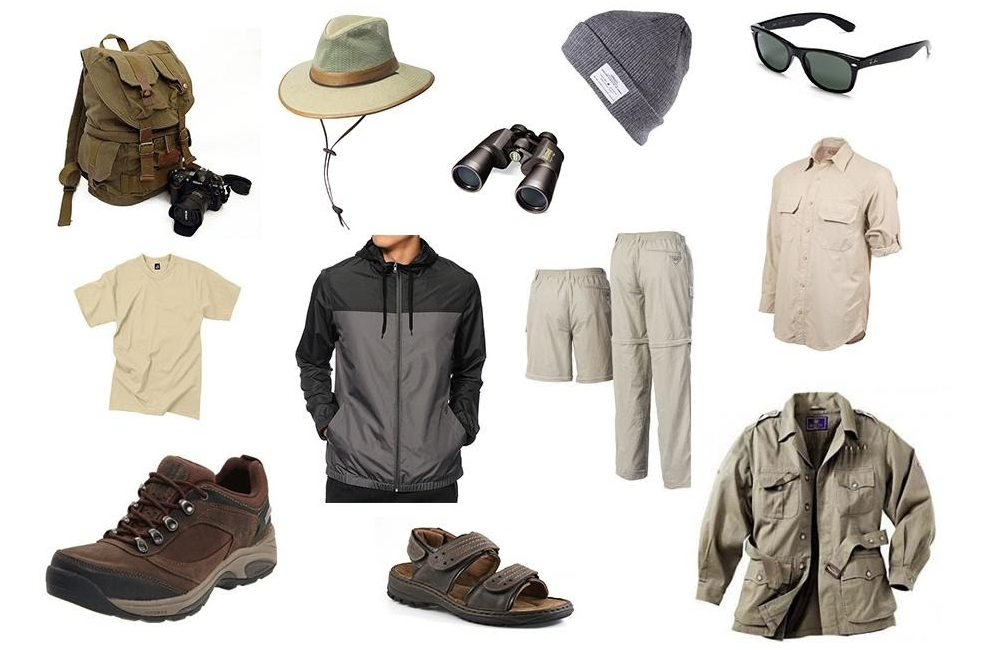
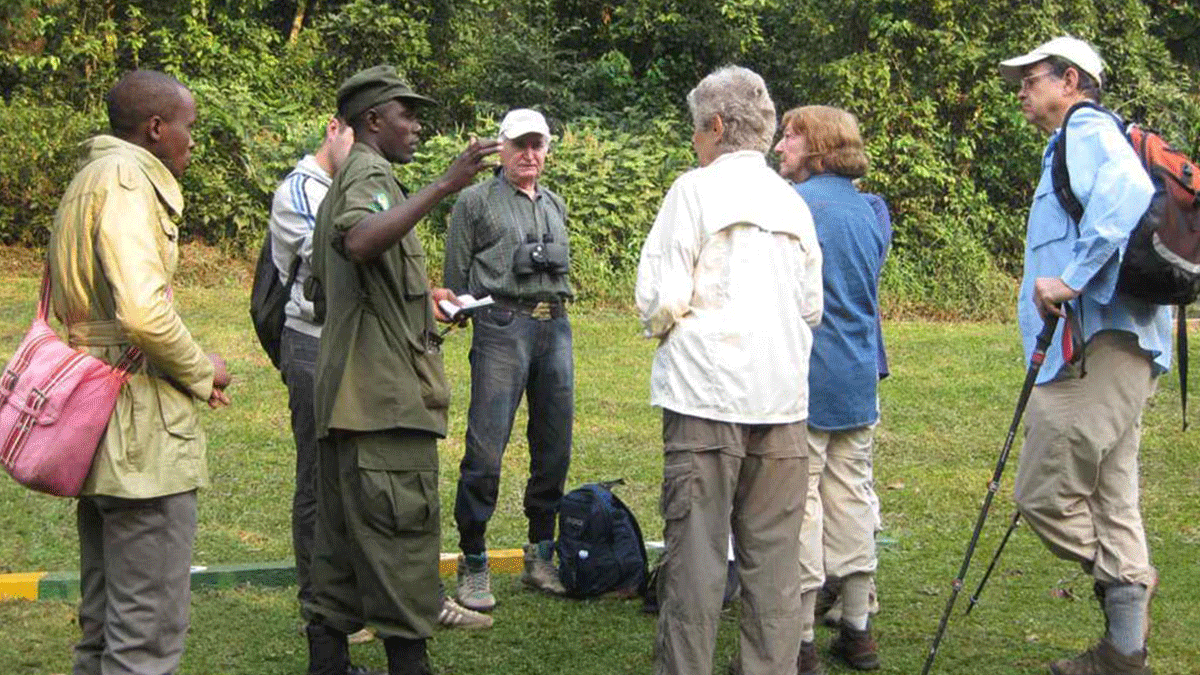
Wake up early and attend the briefing
On the actual trekking day, all travelers must leave their lodges/hotels as early as 6:30am to attend short briefing at the respective park headquarters. This briefing is aimed at introducing trekkers to What to expect on a Rwanda Gorilla Trekking tour, the trekking rules and regulations for the safety of both gorillas and travelers. In Uganda, travelers gather at different head quarters in Bwindi depending on which section one is trekking from. It’s in this briefing that travelers are divided into groups of eight who are allocated a gorilla family. Gorilla families are allocated depending on the capability of the traveler to hike high since gorillas are on continuous move and sometimes go up to the higher altitudes. This means that the weak, elderly and less fit travelers are given near gorilla families to ease and shorten their hiking time. At kinigi Volcanoes National Park head quarters in Rwanda, local people entertain travelers in form of traditional dances, which is a good pre trekking experience.
Trekking to find the Gorillas
The time it takes to actually meet your gorilla family and the length of your gorilla safari in Rwanda are both known to be highly variable. Finding your gorilla family could take as little as 30 minutes or as much as five to seven hours.
There are no obvious hiking trails in the lush, muggy, and strangely light forest. You will need to drag yourself up steep grades by grabbing onto branches, plant roots, bushes, and other objects as you traverse the terrain’s many hills and steep volcano slopes. Take the guide’s advice on the best course of action and presentation. Tell your guide if you need a break. Additionally, it is advised that you carry
Actual Encounter with the Gorillas
Once your group finds the gorilla family the clock starts ticking.
You are advised to stay quiet, move slowly and avoid sudden movements in order not to irritate the gorillas. Instead sit down and avoid looking directly into the eyes of the gorillas as this may also irritate them thinking that you want to fight them.
Looking a gorilla in the eye is not an issue, but if he charges at you, stand your ground and lower your eyes to show that you prefer submission to a conflict. Please remember to turn off the flash lights and noises before you have your cameras ready and start snapping away.
The gorillas may be grazing on vegetation on the ground, resting, moving around, or playing in the branches of trees higher up. Try to position yourself so you can take pictures while learning all of their behaviors. If they are moving, keep up with them, but keep a recommended distance of at least 7 meters. The most crucial thing is that you stay near your guide and following his instructions always.
The trackers will often clear the brush with their machete so you can get a clearer and closer look at the gorillas. It is incredible how graceful and peaceful these animals are, especially considering their incredible size. You’ll be amazed when you see the silverbacks (mature males) get up and move around showing control over the territory.
- Do not smoke, drink or eat when you are near the gorillas. Eating or drinking inevitably will increase the risk of food/drink morsels/droplets falling, which could increase the risk of transmission of diseases.
- Sometimes the gorillas charge. Follow the guides example (crouch down slowly, do not look the gorillas directly in the eyes and wait for the animals to pass). Do not attempt to run away because that will increase the risk.
- Flash photography is not permitted! When taking pictures move slowly and carefully.
- Do not touch the gorillas. They are wild animals.
- The maximum time you can spend with the gorillas is one hour. However, if the gorillas become agitated or nervous, the guide will finish the visit early.
- After the visit keep your voices down until you are 200 meters away from the gorillas.
